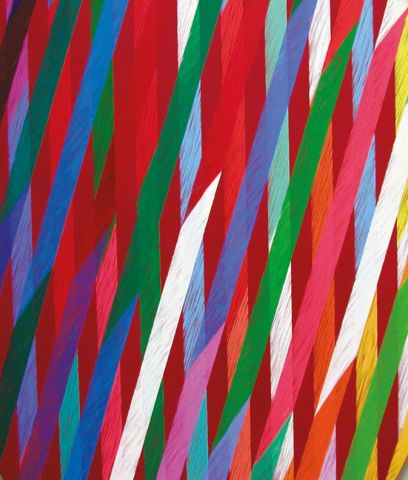Photography exhibition
curated by Gigliola Foschi e Nadia Stefanel
Gradations of light
Geographies of Views Between History and Modernity
Curated by cura Gigliola Foschi and Nadia Stefanel
Six emerging Italian artists, with growing international reputations (Alessandra Baldoni, Luca Gilli, Cosmo Laera, Luca Marianaccio, Lucrezia Roda and Pio Tarantini), were invited to interpret – using different styles, offering new perspectives of twelve historical and contemporary places where DZ Engineering have been involved using integrated and innovative lighting or telecommunication systems. These are places that offer themselves as a cross-section of a country – Italy – that can be used in gazing into the future without losing sight of its colourful pasts and varied historical roots.
The exhibition thus becomes a sort of visual journey through history and art: it starts from the Archaeological Park of Canne della Battaglia, where, in 216 BC, the Romans suffered a devastating defeat at the hand of the Carthaginians led by Hannibal; including the port and the Mausoleum of Galla Placidia of Ravenna, jewel of the 5th Century entirely covered in precious mosaics are a part of this, too; it then takes us to the Castel del Monte (a Unesco World Heritage site, like the Mausoleum of Galla Placidia), the famous 13th Century fortress built by Emperor Frederick II, where the astrological complexes are combined with refined mathematical, geometric and astronomical knowledge; it then proceeds towards Gothic cathedrals, churches, synagogues and abbeys, finally arriving at the Chemical Centre of Ferrara and at the recent Mapei Stadium in Reggio Emilia. Twelve places interpreted and described using lighting that reveals and reveals, observed in the twilight, a moment of change and intimacy between day and night, between a natural light in decline and an artificial light that advances and creates new relationships and visual experiences.
Twelve places that, thanks to the research carried out by the six invited artists, also introduce themselves as a sort of cross-section of Italian photography. A photography capable of exploring new forms of expression, but always nourished by a visual tradition that has deep roots in the history of Italian painting and in the theme of beauty. Despite the stylistic differences and the intended generational differences (Pio Tarantini was born in 1950 and Lucrezia Roda, the youngest, in 1992) an “Italian style” emerges in their work based on delicacy and compositional balance, where every photograph stems from a deep and intimate relationship with the places, with the history and the flow of time.
The gazes of these artists are never “cold”, purely analytical or documentary, but neither deliberately seductive nor captivating. It is empathetic, affectionate yet clear, intent on capturing the memory and redeeming it from oblivion, rediscovering a feeling of belonging that has its roots in contemplation and not just a fleeting glimpse, in silence and waiting and not in the deafening noise of the modern world. Instead of showing us the places with the harsh light of day, our artists create suspended narratives, sometimes whispered and sometimes more intense, but always vibrant and essential.














